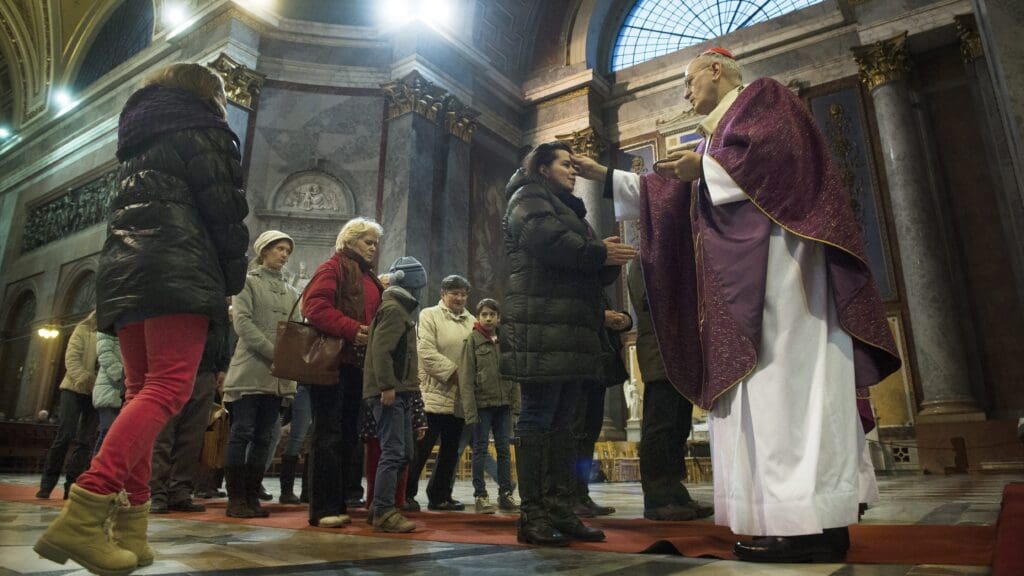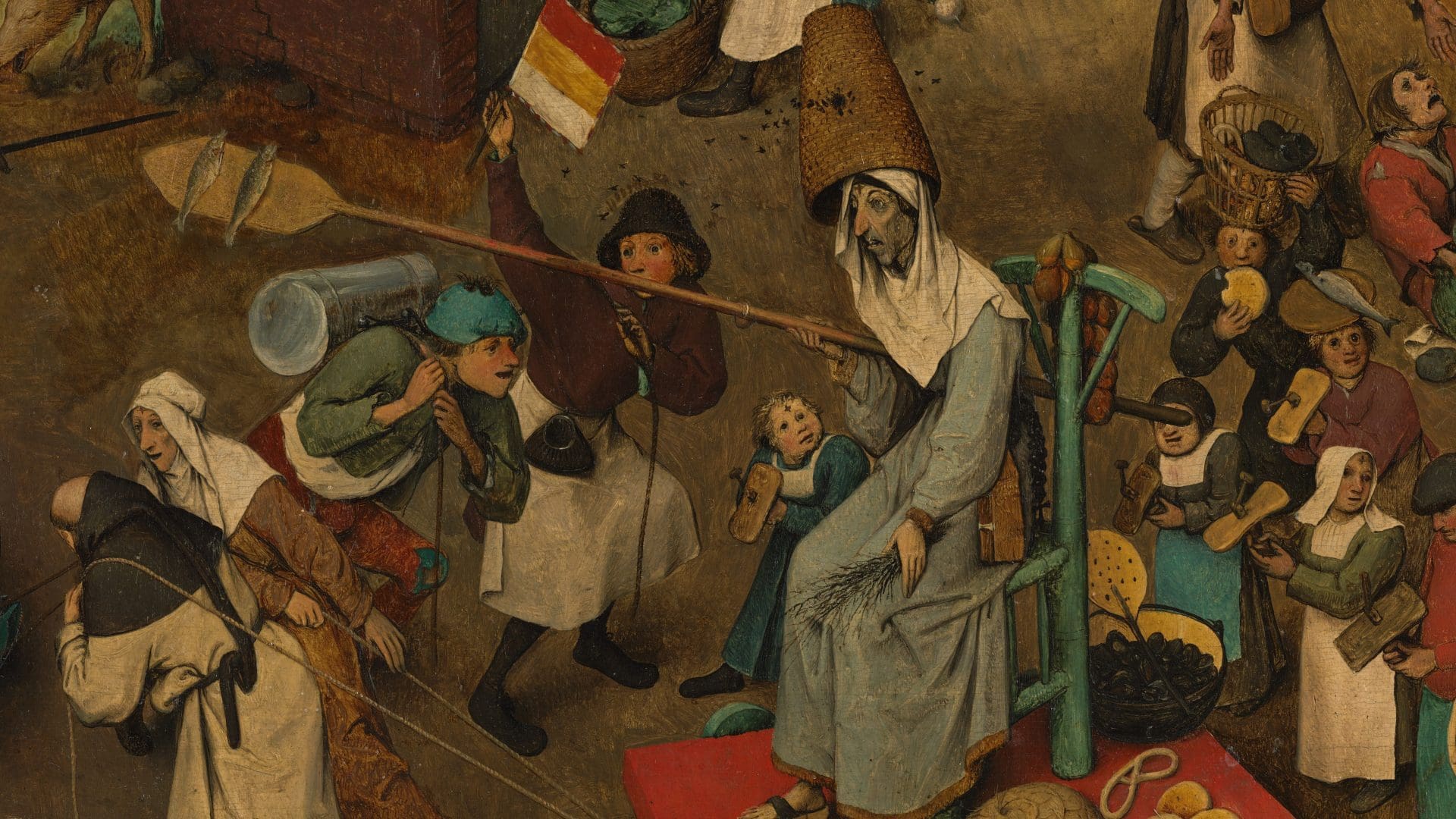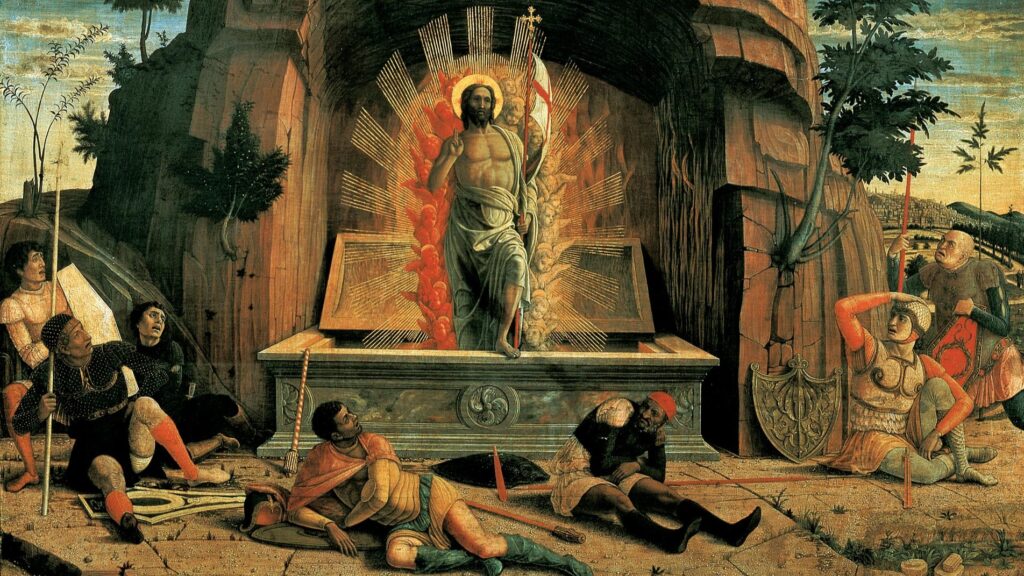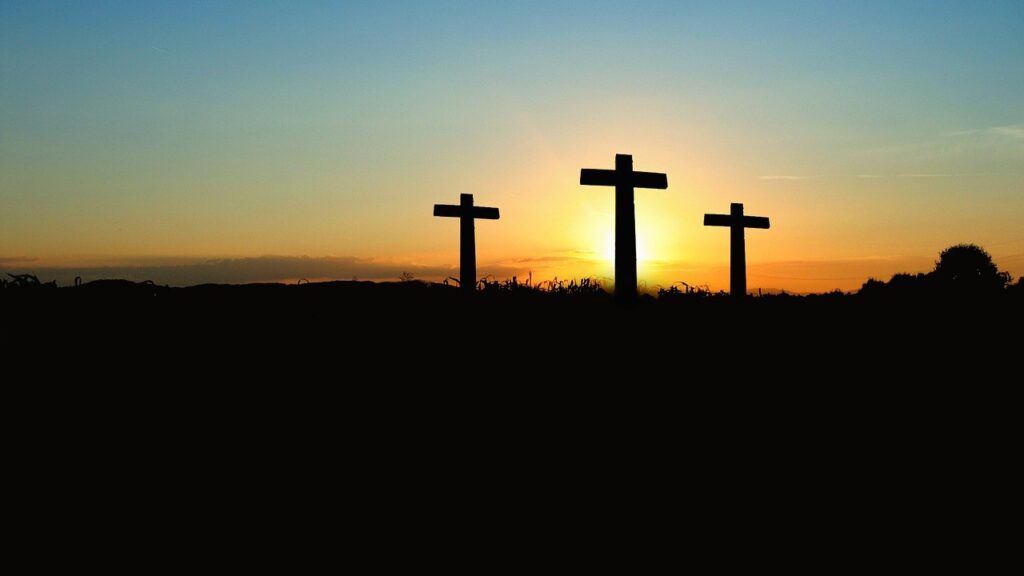Today is Ash Wednesday, or The Day of Ashes, a Western Christian (originally Catholic) feast that marks the end of Carnival and the beginning of the Lenten period. Traditionally, it is a day of repentance, when Christians confess their sins and confirm their devotion to God.
Ash Wednesday is a so-called moveable religious feast, meaning that it does not always occur on the same day, but six and a half weeks before Easter, which itself falls on a different day each year. The earliest date of Ash Wednesday therefore is 4 February and the latest is 10 March. On this day, some Christians, predominantly Catholics, mark their foreheads with ashes. The ashes were supposed to be made from palm fronds, as symbols of sorrow and mourning for the churchgoers’ sins. In Hungary, Catholic priests use the ashes of the catkin (ament) consecrated the previous year to mark the believers’ foreheads with a cross, while saying: ‘Remember man, thou art dust, and unto dust thou shalt return.’ (In Latin: ‘Memento homo, quia pulvis es, in pulverem revertis’). Some Protestant churches also hold special worship services for Ash Wednesday: in Hungary and most of Europe, primarily Lutherans, while in the English-speaking world, Anglicans, Episcopalians, and some other Protestant denominations as well.
Lent, a 40-day period of fasting and spiritual preparation before Easter, has probably been observed for thousands of years, perhaps since apostolic times. It emulates the 40 days Jesus fasted in the desert before he started teaching, according to the Gospels. But the practice was formalised only later, at the First Council of Nicaea in 325. Marking Ash Wednesday and fasting before Easter became common around the 7th century, to be recommended for universal use by Pope Urban II at the Synod of Benevento in 1091. The Lenten season, called Quadragesima (meaning fortieth in Latin) was established to serve as a time for reflection on Jesus Christ, particularly to be more aware of his suffering and sacrifice.

According to Hungarian folk belief, those who receive the ashes on Ash Wednesday will be free from headaches for quite a while. In the olden days, there was even a Hungarian folk tradition according to which people returning home from church rubbed their foreheads with those who stayed at home, to help them avoid headaches. The three days between Ash Wednesday and the first Sunday of Lent were called ‘nothing week’ and ‘truncation week’. Even today, the Thursday after Ash Wednesday is called ‘Fat Thursday’ or ‘Gobbler Thursday’, because on this day it is allowed to eat the meat and other food left over from the carnival period. Many restaurants in Hungary offer special discounts and menus on Gobbler Thursday to attract new customers and please old patrons.
While fasting is not prescribed for non-Catholics (and even for Catholics, it is only over and under a certain age) many choose to engage in some kind of self-denial during Lent. In our editorial office, for example, some of our colleagues are giving up drinking coffee during Lent, while others will refrain from drinking alcohol or smoking, while the bravest will give up chocolate.
So despite secularisation and the commercialising of the feast, even today, for many who have grown up in the Judeo-Christian tradition, Lent means embarking on a spiritual journey that culminates with Easter celebrations. Lent can indeed also speak to those who are not observant or are not religious at all. In this rushing world, full of day-to-day worries, tasks, problems to solve and things to worry about (most of which are beyond our control), the Lenten period can become a gift: a chance for self-reflection, introspection, and a motivation to let go of something physical or emotional that we think we are dependent on.







